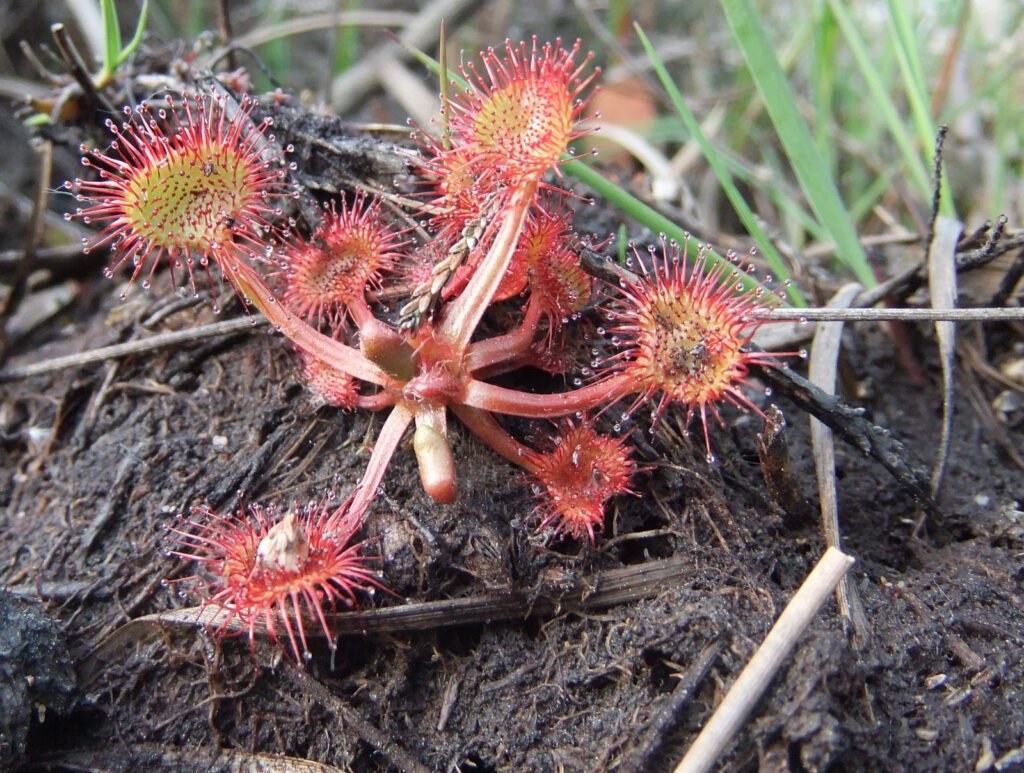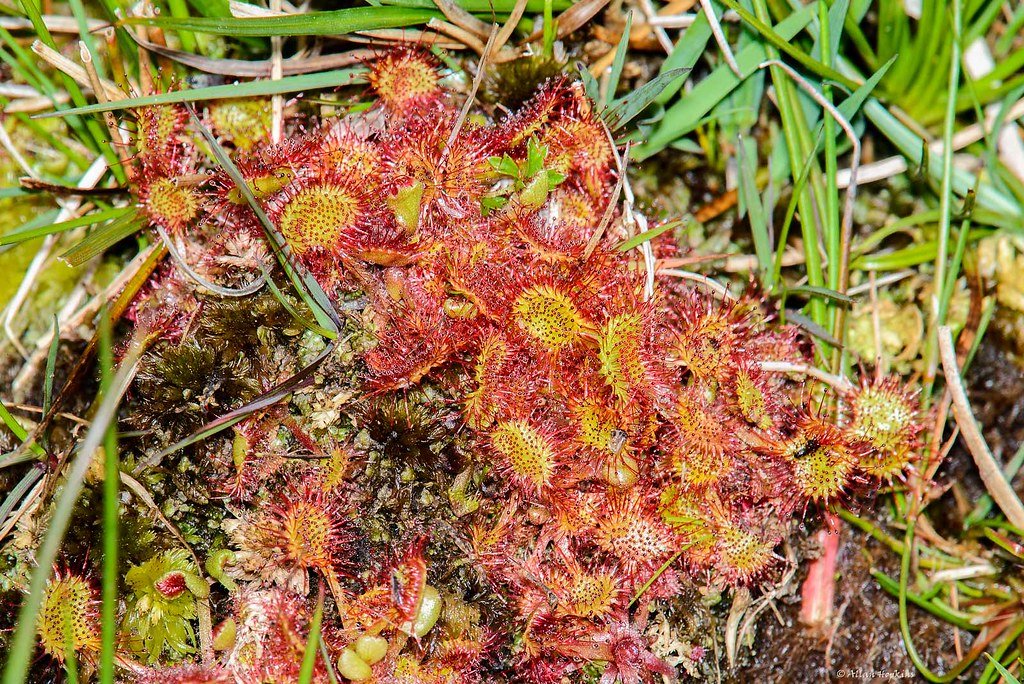Glistening in the morning light, sundews look like something out of a fairy tale—tiny, delicate plants crowned with what appear to be dewdrops. But don’t be fooled by their sparkling beauty. These plants are not gentle forest ornaments; they are among nature’s most cunning predators, perfectly engineered to lure, capture, and consume unsuspecting victims. Their dazzling appearance is a deadly trap, a masterclass in deception and survival that rivals any creature in the animal kingdom. Step closer, and you’ll discover a world where beauty is just the first move in a ruthless game of life and death.
The Mesmerizing Allure of Sundews
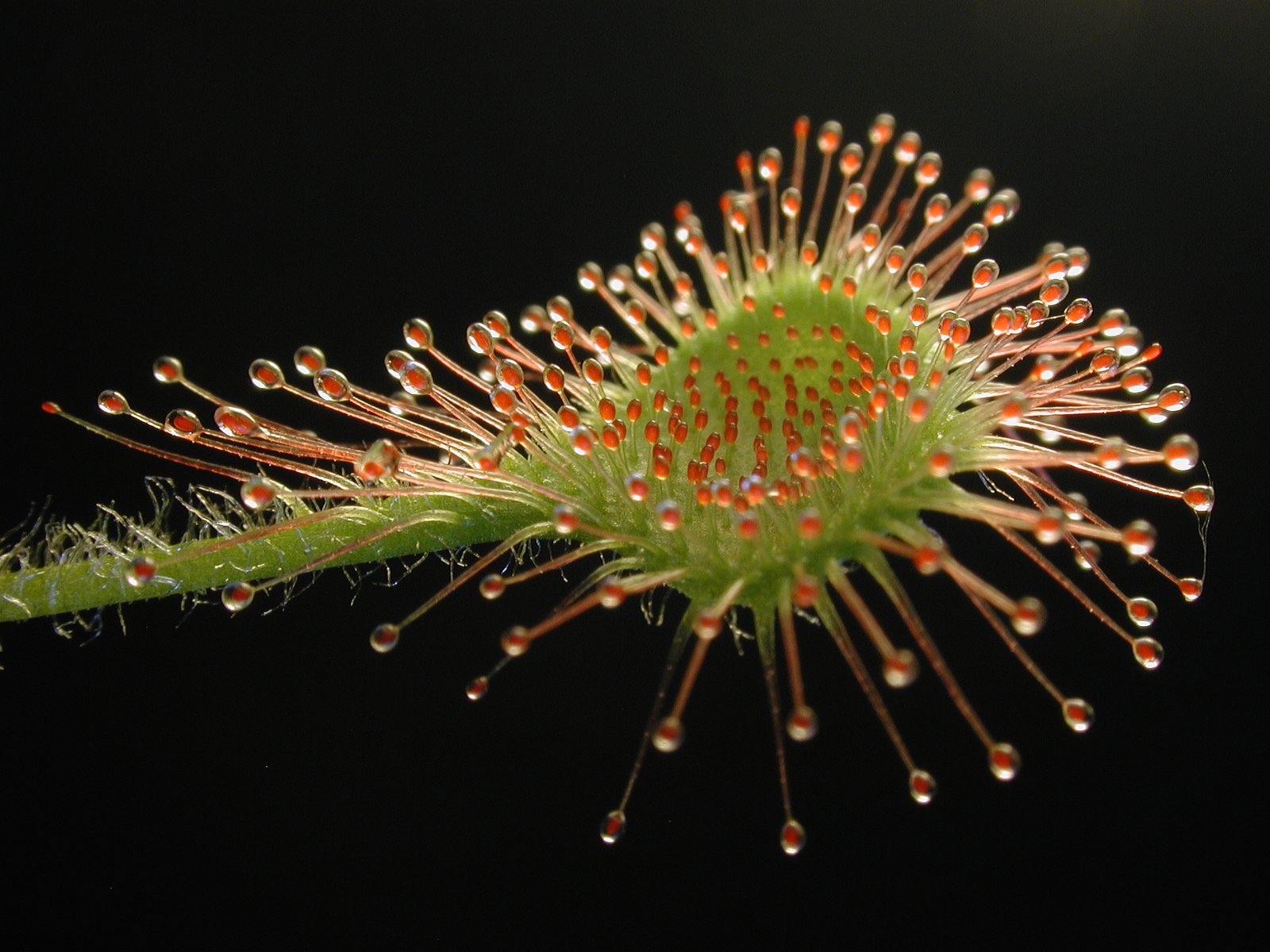
At first glance, sundews seem innocent, even enchanting. Their leaves are bedecked with sticky, jewel-like droplets that shimmer in sunlight, giving them an almost magical appearance. But these droplets aren’t water—they are a powerful glue designed to ensnare insects. For a tiny fly, the glistening beads look like sweet nectar or morning dew, irresistibly drawing them in. This illusion is crucial for the sundew’s hunting success, as it uses beauty to bait its prey, much like a fisherman uses a shiny lure.
Ingenious Traps Hidden in Plain Sight
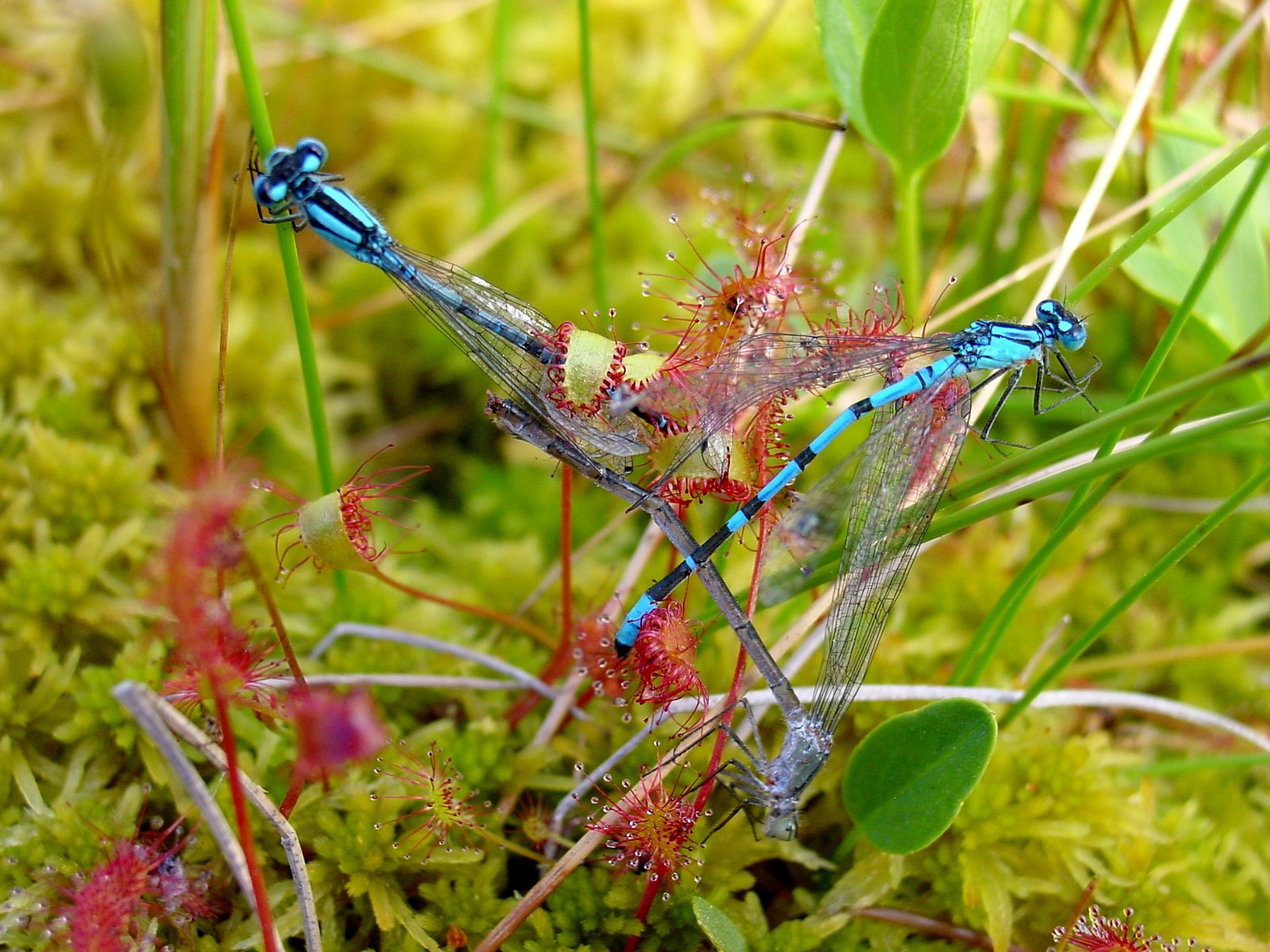
Unlike the dramatic snap of a Venus flytrap, sundews hunt with elegance and patience. Each leaf is studded with hundreds of tentacle-like hairs, each tipped with a sticky secretion. When an insect lands, it becomes hopelessly stuck, struggling as the tentacles slowly curl inwards. The more the prey fights, the more entangled it becomes. This slow-motion ambush is both cruel and efficient, ensuring that escape is nearly impossible for most victims.
The Science Behind the Stickiness
What looks like dew is actually mucilage, a specialized plant secretion that’s both sticky and loaded with digestive enzymes. Scientists have found that the chemical makeup of sundew mucilage is surprisingly sophisticated. It traps insects instantly but also helps break down their bodies, turning them into a nutritious soup. This adaptation allows sundews to thrive in places where soil nutrients are scarce, giving them a unique edge in bogs and wetlands.
The Deadly Dance: How Sundews Digest Their Prey
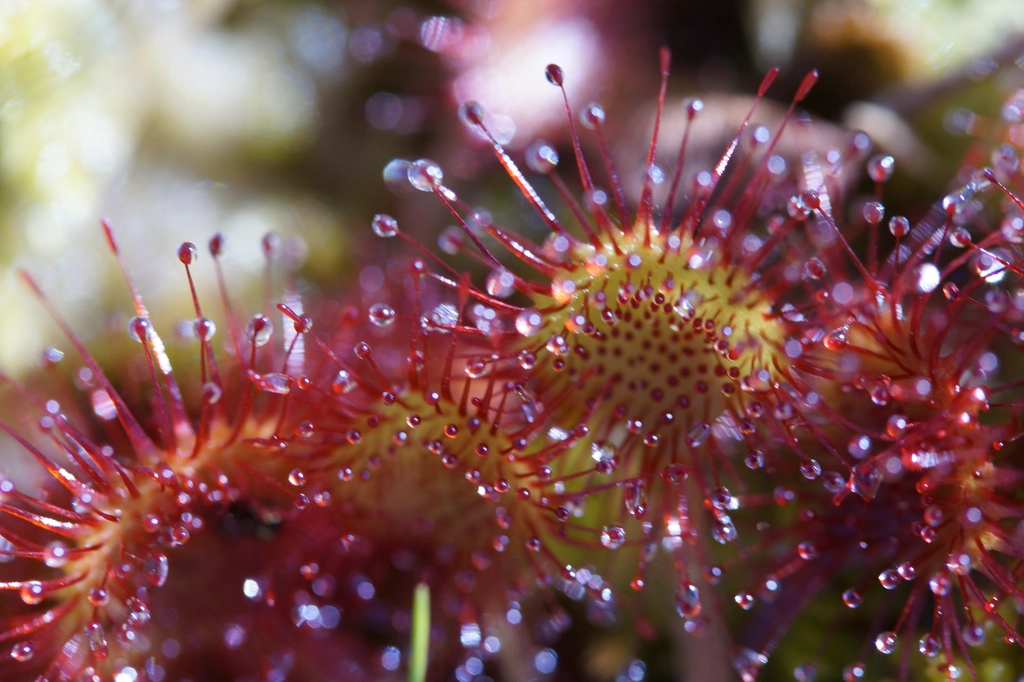
Once an insect is captured, the tentacles continue their slow dance, bending and wrapping around the victim. The leaf itself may even curl up slightly, maximizing contact. Over several hours or even days, enzymes ooze from the tentacles, dissolving the soft tissues of the insect. The plant absorbs the resulting nutrients through the leaf surface, leaving behind only the hard exoskeleton. This process is both methodical and merciless, a testament to the sundew’s relentless drive for survival.
Adaptations That Defy Expectations

Sundews come in over 200 species, each with unique adaptations for different environments. Some have long, thread-like leaves, while others are compact and round. Certain species can move their tentacles faster than others, responding within seconds to the touch of prey. These variations demonstrate nature’s incredible creativity, as each sundew has evolved the perfect strategy for its habitat. Despite their differences, all sundews share the same ruthless hunting instinct beneath their glimmering surface.
Life in the Harshest Places
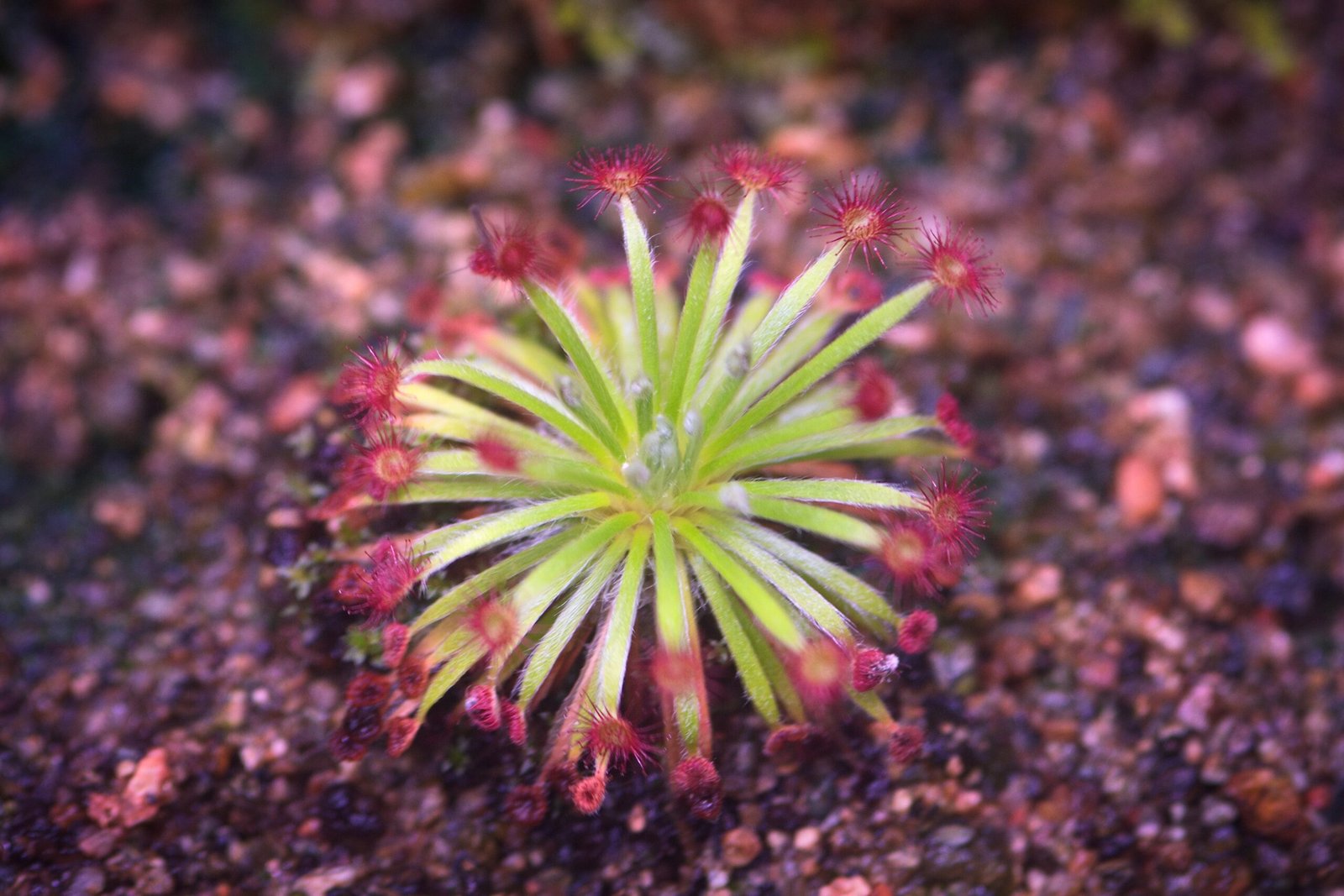
Sundews thrive where most plants would struggle to survive. Acidic bogs, sandy heaths, and nutrient-poor wetlands are their chosen homes. These environments are tough, with little nitrogen available in the soil. By capturing insects, sundews supplement their diet and gain the nutrients they need to flourish. Their predatory lifestyle isn’t just a curiosity—it’s a vital adaptation that ensures their survival against the odds.
Relationship with Insects: More Than Just Predator and Prey
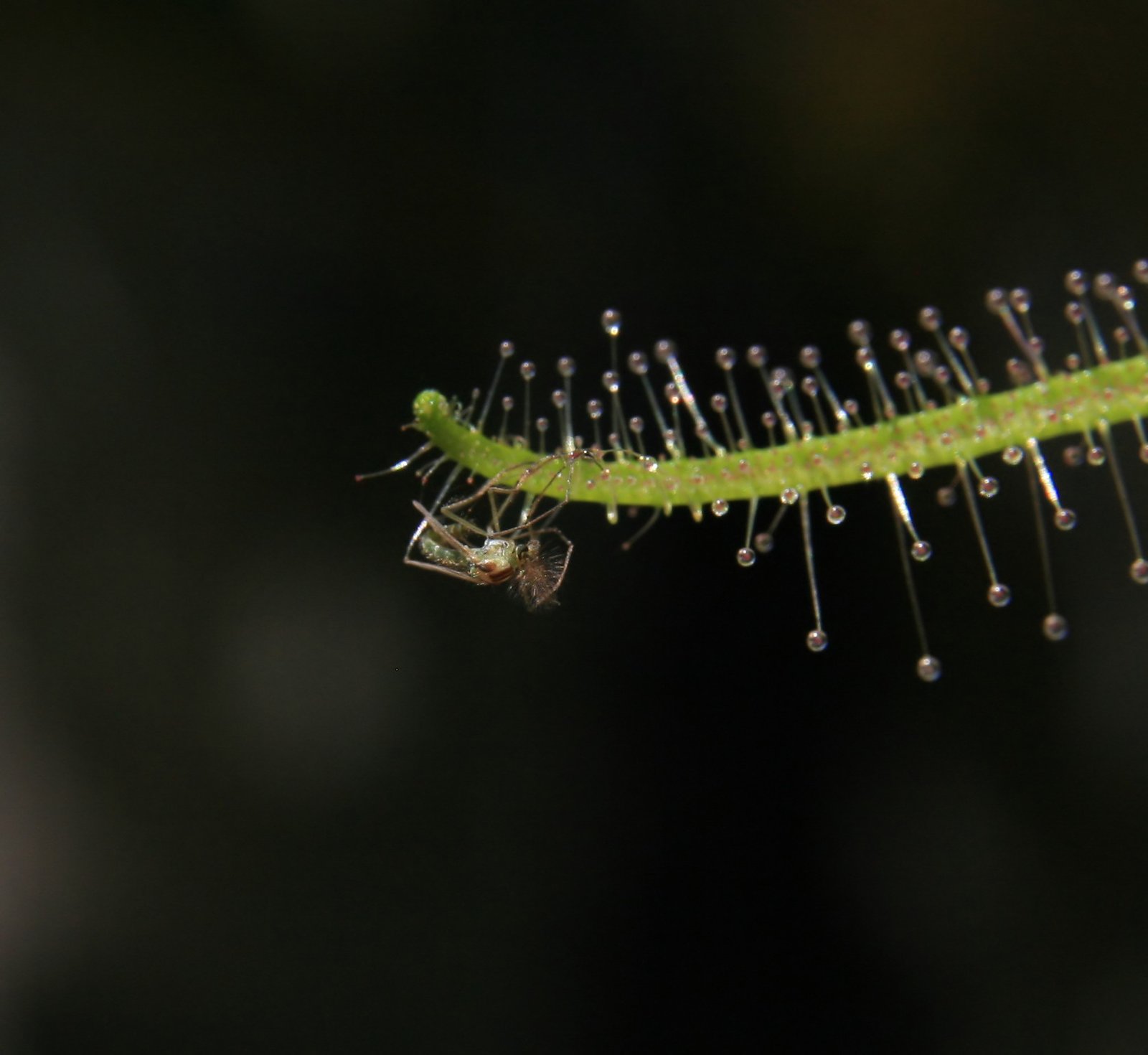
While sundews are deadly to many insects, some have learned to coexist. Certain species of insects have developed resistance to the sticky mucilage, allowing them to steal nectar or lay eggs on the plant without becoming dinner. This arms race between predator and prey adds another layer of intrigue to the sundew’s world, highlighting the complex web of relationships in nature.
The Role of Sundews in Their Ecosystem
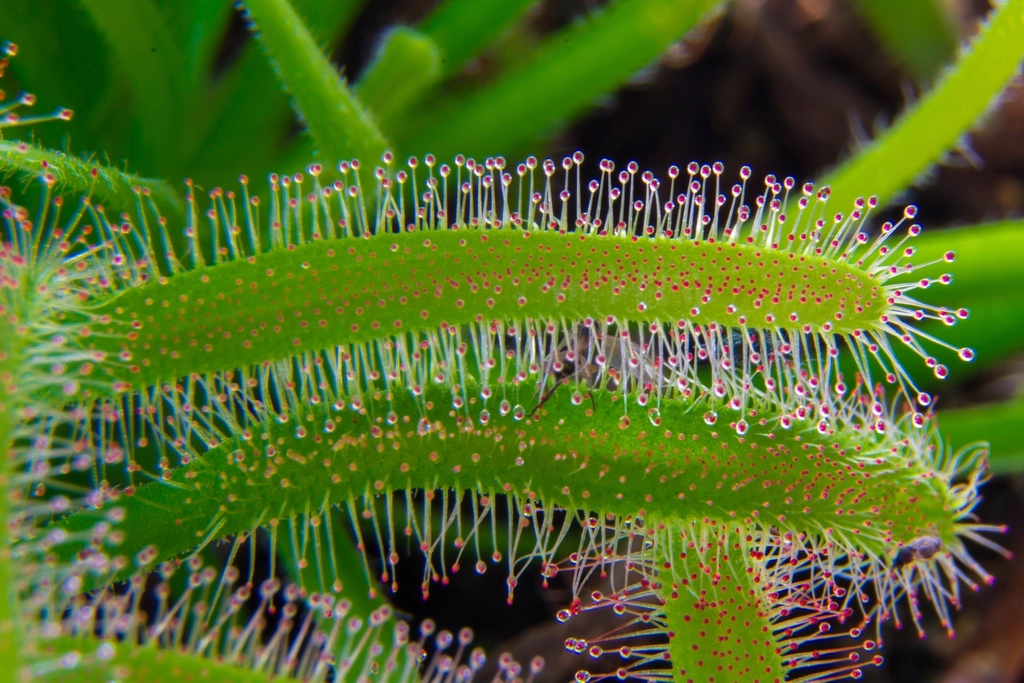
Far from being isolated killers, sundews play an important role in their ecosystems. By controlling insect populations, they help maintain a balance in their habitats. Their presence can also indicate the health of wetland environments. Because they rely on clean, undisturbed habitats, sundews often serve as a warning sign when ecosystems are under threat from pollution or development.
The Human Fascination with Carnivorous Plants

People have been captivated by sundews for centuries. From Victorian-era glasshouses to modern botanical gardens, these plants have inspired wonder and scientific curiosity. Charles Darwin himself was fascinated by sundews, calling them “the most wonderful plants in the world.” Today, they continue to capture the imaginations of scientists and nature lovers alike, reminding us that nature’s most beautiful creations can also be its most ruthless.
Conservation Challenges and the Future of Sundews

Despite their resilience, sundews face growing threats from habitat destruction, pollution, and climate change. Many species are now endangered, their survival hanging in the balance. Efforts to protect wetlands and restore natural habitats are crucial for preserving these extraordinary plants. By learning more about sundews and their unique role in nature, we can help ensure they continue to dazzle—and hunt—for generations to come.

